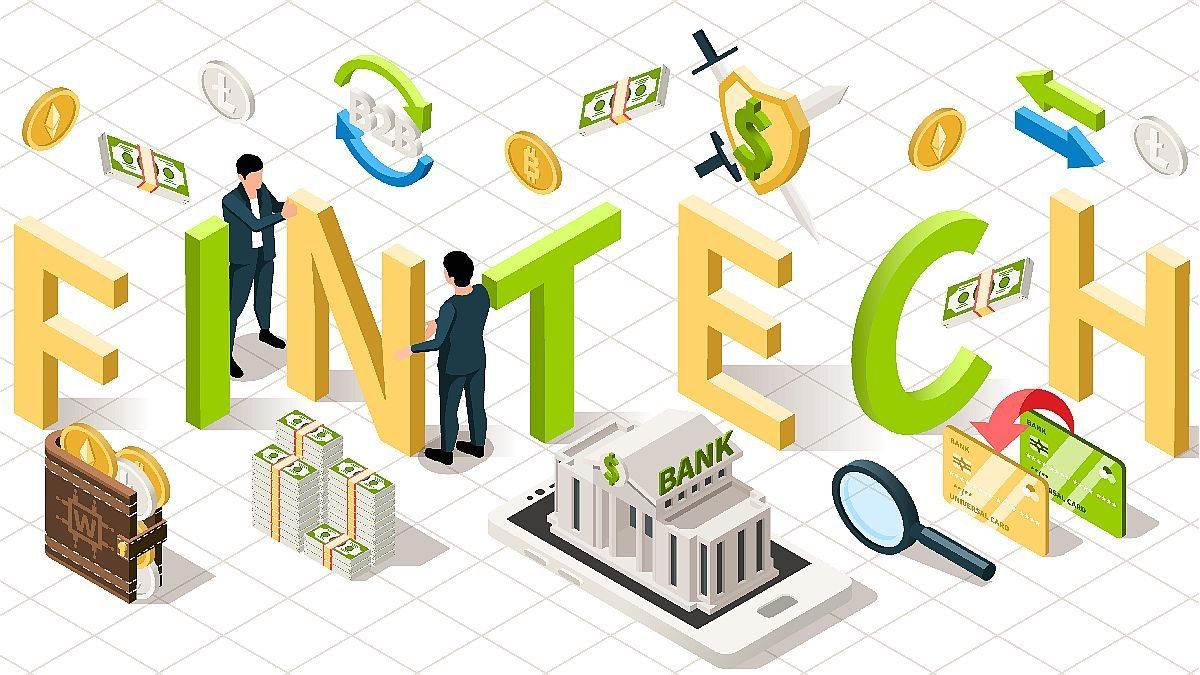Until now, angel investors chose financial projects looking at the technological component of the company and put more focus on user acquisition and community management. Now, the focus is on betting on companies with a solid history, which can guarantee their own profitability.
This poses a new challenge to the firms in the sector: instead of investing in having “the best technology”, now they must prioritize betting that their technologies help them achieve the necessary efficiency and profitability.
Companies in the sector must ensure that the technology they incorporate helps them improve their income level and profit margins, as a way of becoming self-sustaining over time.
In the case of Poincenot, we present a sustainable growth based on recurring income. With our Fintech as a Service business model, the objective of all the projects we undertake with our clients is to innovate while generating income. An example of this is the investment solution that we developed together with Mercado Pago and BIND, which after three years of its launch, today has 5 million users who continue to invest without being experts. Without a doubt, technology can make the difference between a profitable business and another that must rethink its model.
However, it is clear that not all companies will be able to invest in a technology that in turn generates funding and income, which could lead to a scenario of greater mergers and acquisitions in the coming months. The companies with the longest track record in the market, and especially those that have invested in technological models that help them “earn money”, will probably acquire others that offer complementary services and have not been able to create a profitable business model.
Thats why he “fintech map” We foresee that it has high chances of transforming within a year. Far from being negative, this seems promising for the sector, since the change in user behavior continues to require a digital experience that fintechs are providing today.
Source: Ambito




